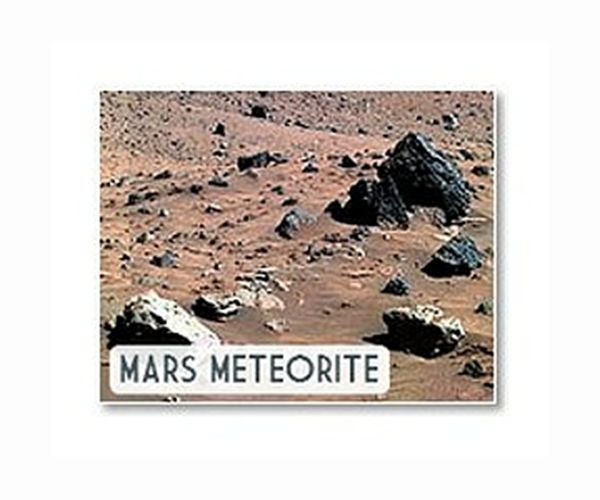7.06.2024

Mars has a distinct structure in its mantle and crust, with identifiable reservoirs, as revealed by meteorites analyzed by scientists at Scripps Institution of Oceanography at UC San Diego and their colleagues.
Meteorites formed around 1.3 billion years ago and ejected from Mars have been collected by scientists from Antarctica and Africa over recent decades. Scripps Oceanography geologist James Day and his team reported on May 31 in the journal Science Advances their analysis of these samples' chemical compositions from Mars.
These findings are crucial for understanding Mars' formation and evolution and for providing precise data that can inform NASA missions like Insight, Perseverance, and the Mars Sample Return, according to Day.
"Martian meteorites are the only physical materials we have available from Mars," said Day. "They enable us to make precise and accurate measurements and then quantify processes that occurred within Mars and close to the martian surface. They provide direct information on Mars' composition that can ground truth mission science, like the ongoing Perseverance rover operations taking place there."
Day's team studied meteorite samples from the same volcano, known as nakhlites and chassignites. About 11 million years ago, a large meteor impact on Mars ejected these rocks into space. Some landed on Earth, with the first discovered in 1815 in Chassigny, France, and another in 1905 in Nakhla, Egypt.
Since then, more such meteorites have been found in places like Mauritania and Antarctica. Scientists can identify Mars as their origin because these meteorites are relatively young, have distinct oxygen compositions compared to Earth, and retain Mars' atmospheric composition measured by the Viking landers in the 1970s.
The team analyzed nakhlite and chassignite meteorites. Nakhlites are basaltic, similar to lavas erupting in Iceland and Hawaii, rich in clinopyroxene. Chassignites are mainly composed of olivine. On Earth, basalts and olivines are common in the crust and mantle, respectively.
The same applies to Mars. The team showed these rocks are connected through fractional crystallization within their forming volcano. Using their composition, they also showed some molten nakhlites incorporated crust portions that interacted with Mars' atmosphere.
"By determining that nakhlites and chassignites are from the same volcanic system, and that they interacted with martian crust that was altered by atmospheric interactions, we can identify a new rock type on Mars," said Day. "With the existing collection of martian meteorites, all of which are volcanic in origin, we are able to better understand the internal structure of Mars."
Distinctive chemical characteristics of nakhlites and chassignites, along with other martian meteorites, reveal an atmospherically altered upper crust, a complex deeper crust, and a mantle with plumes reaching the crust's base. Mars' interior, formed early in its evolution, also melted to produce distinct volcanoes.
"What's remarkable is that Mars' volcanism has incredible similarities, but also differences, to Earth," said Day. "On the one hand, nakhlites and chassignites formed in similar ways to recent volcanism in places like Oahu in Hawaii. There, newly formed volcanoes press down on the mantle generating tectonic forces that produce further volcanism."
"On the other hand, the reservoirs in Mars are extremely ancient, separating from one another shortly after the Red planet formed. On Earth, plate tectonics has helped to remix reservoirs back together over time. In this sense, Mars provides an important link between what the early Earth may have looked like from how it looks today."
Quelle: SD
